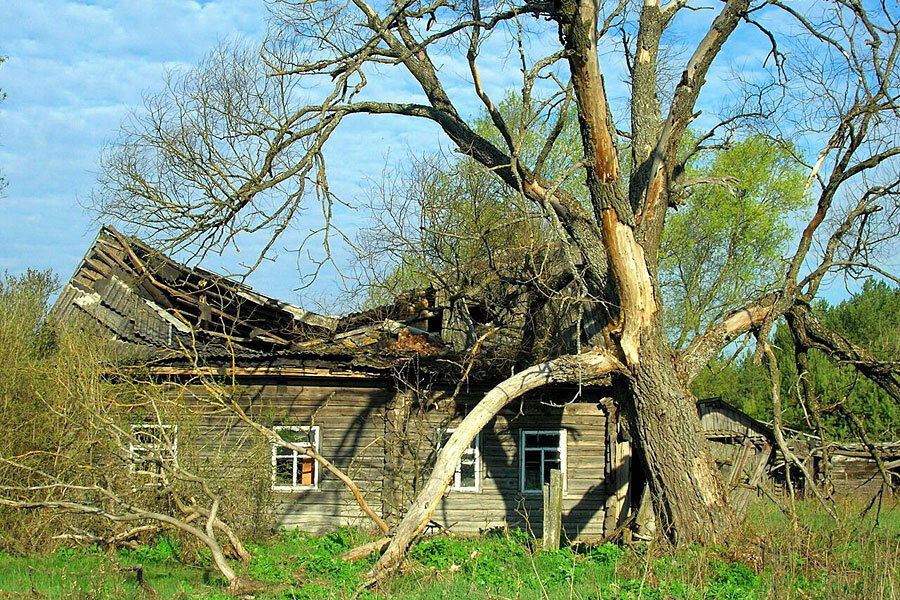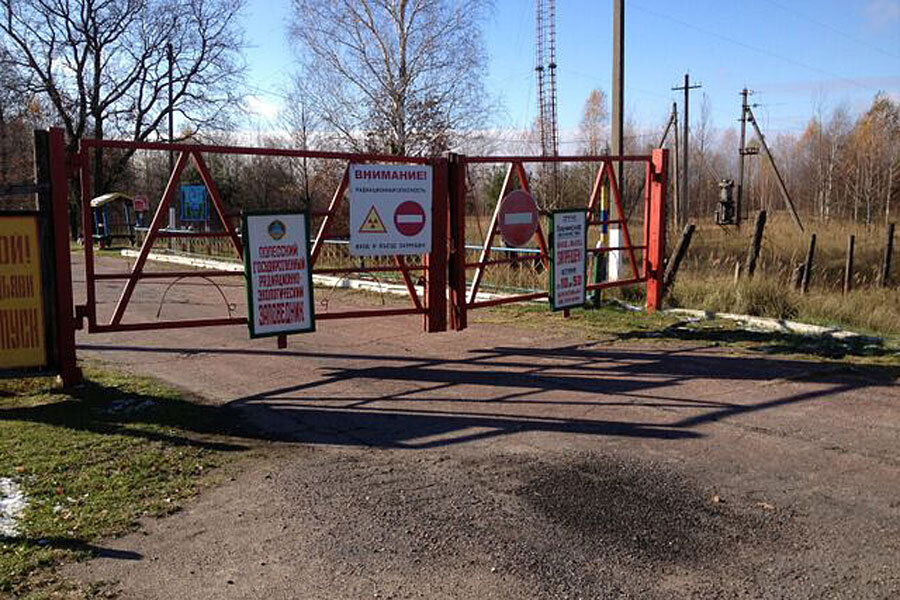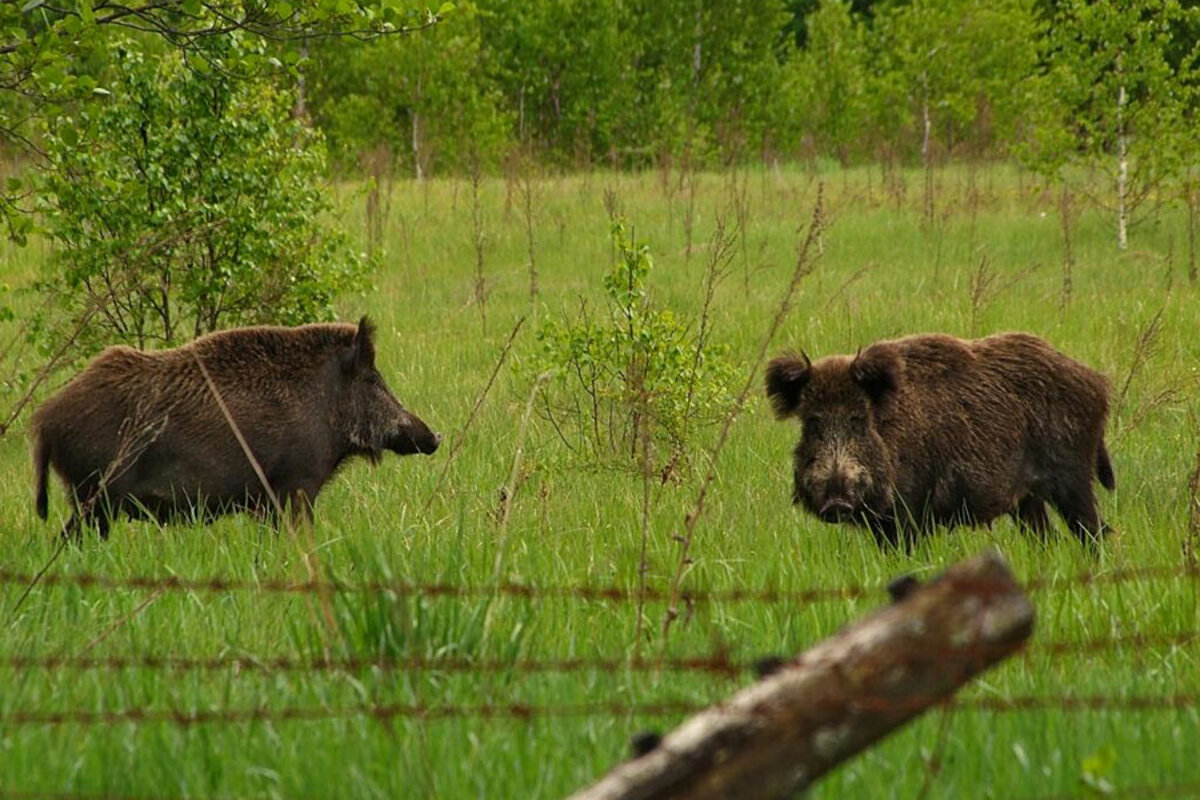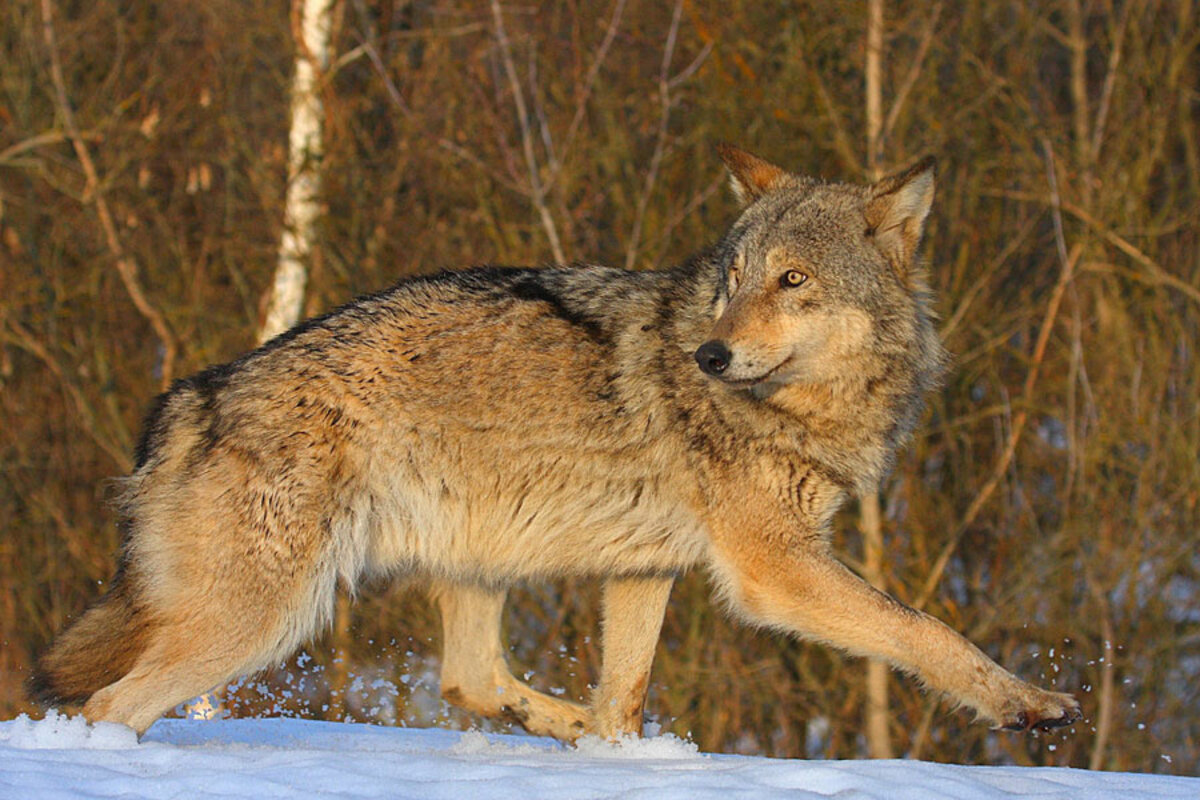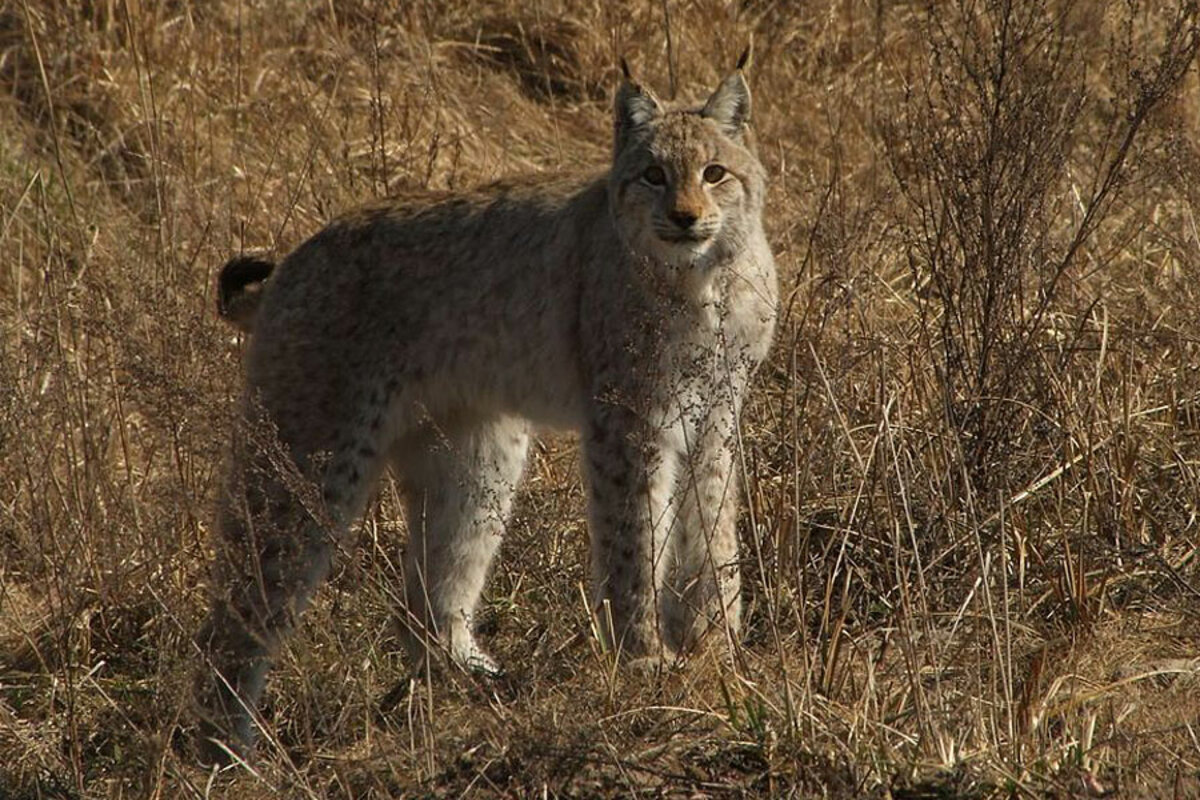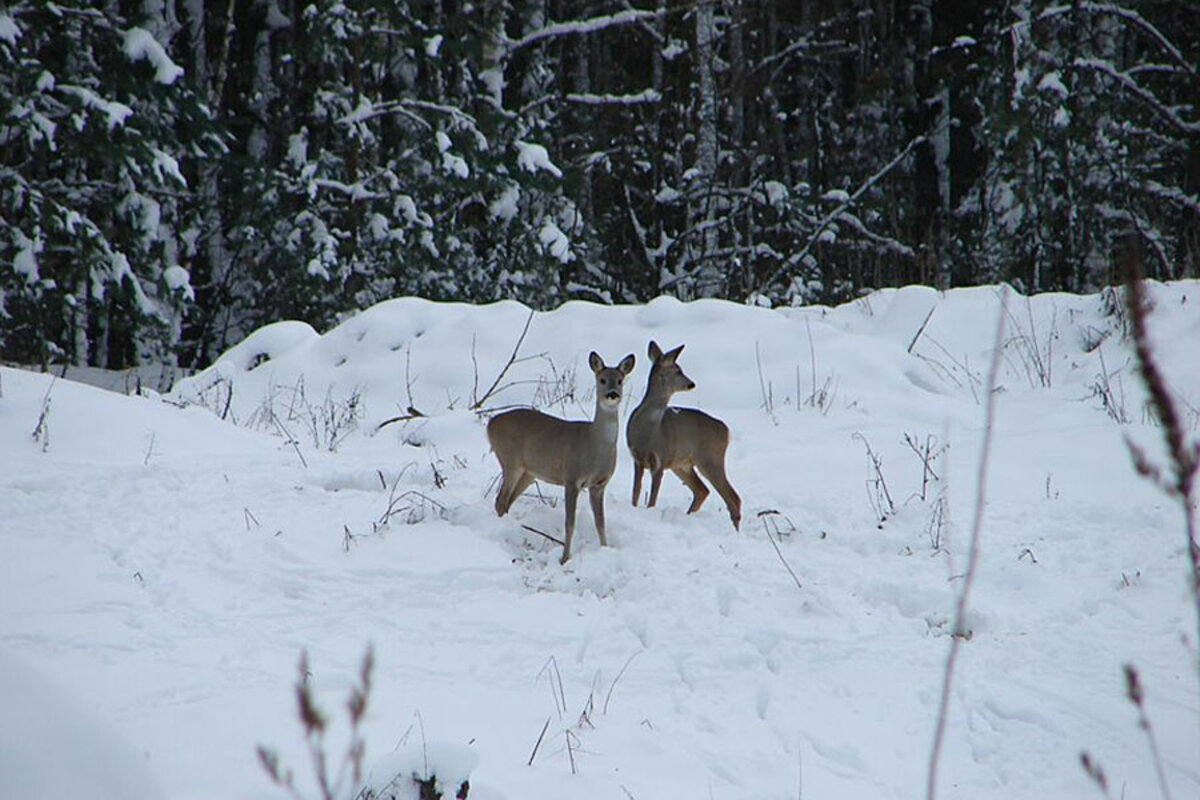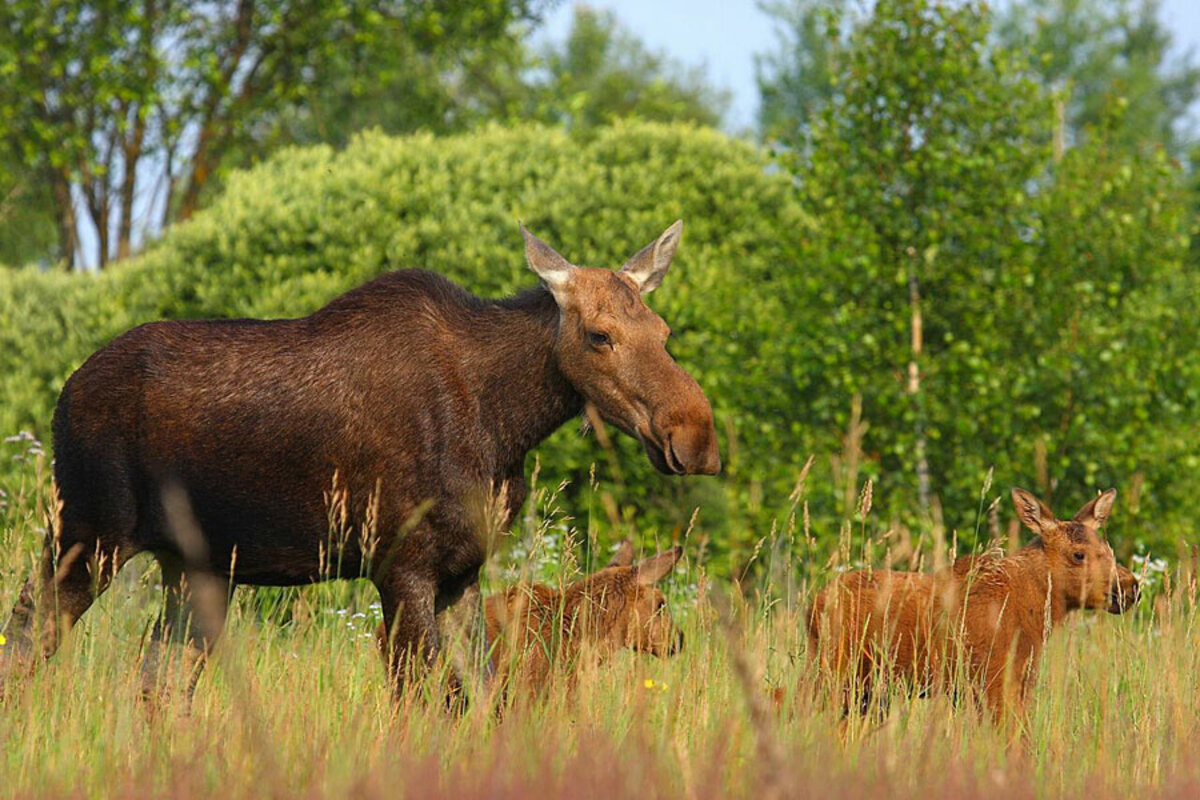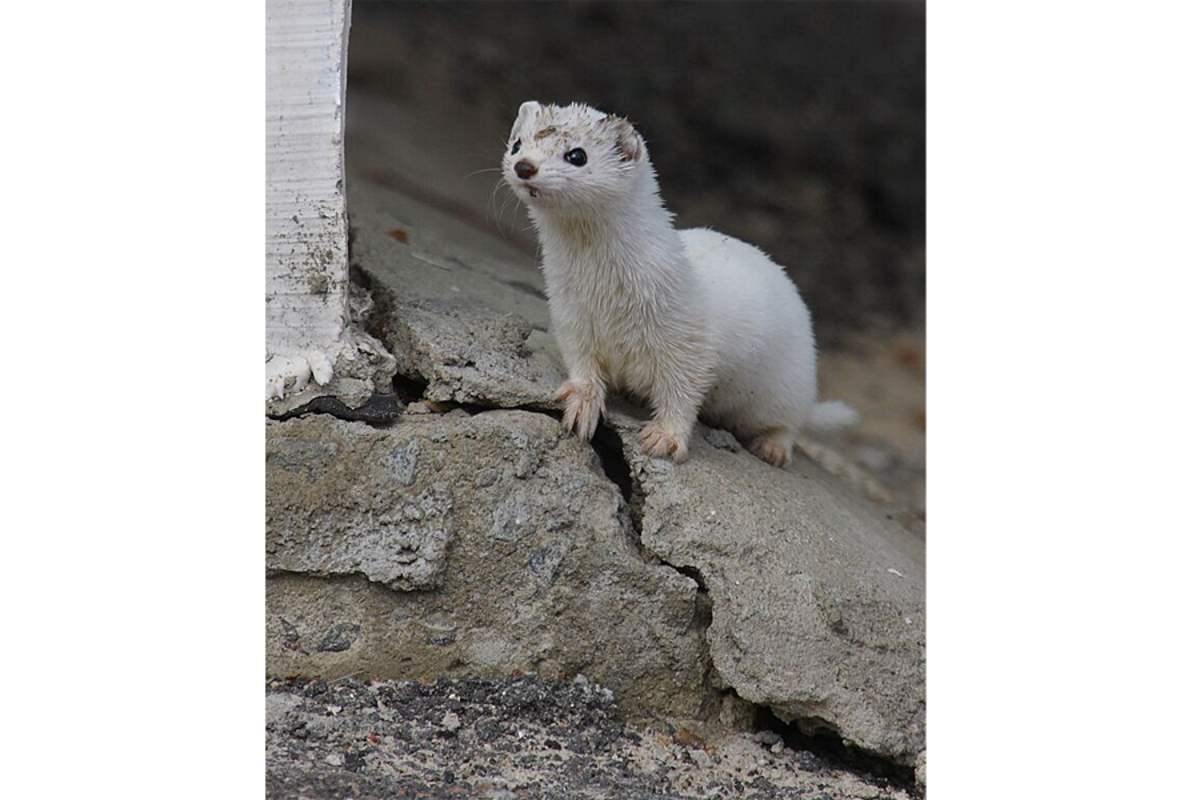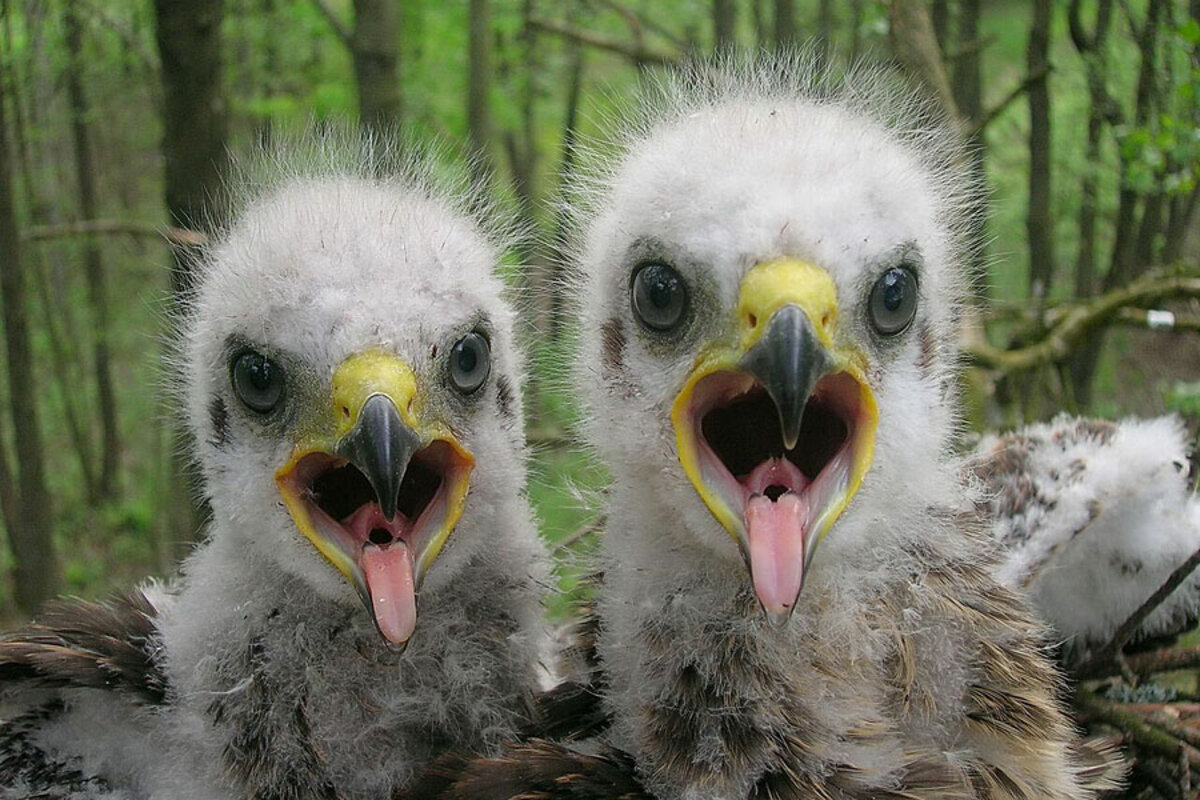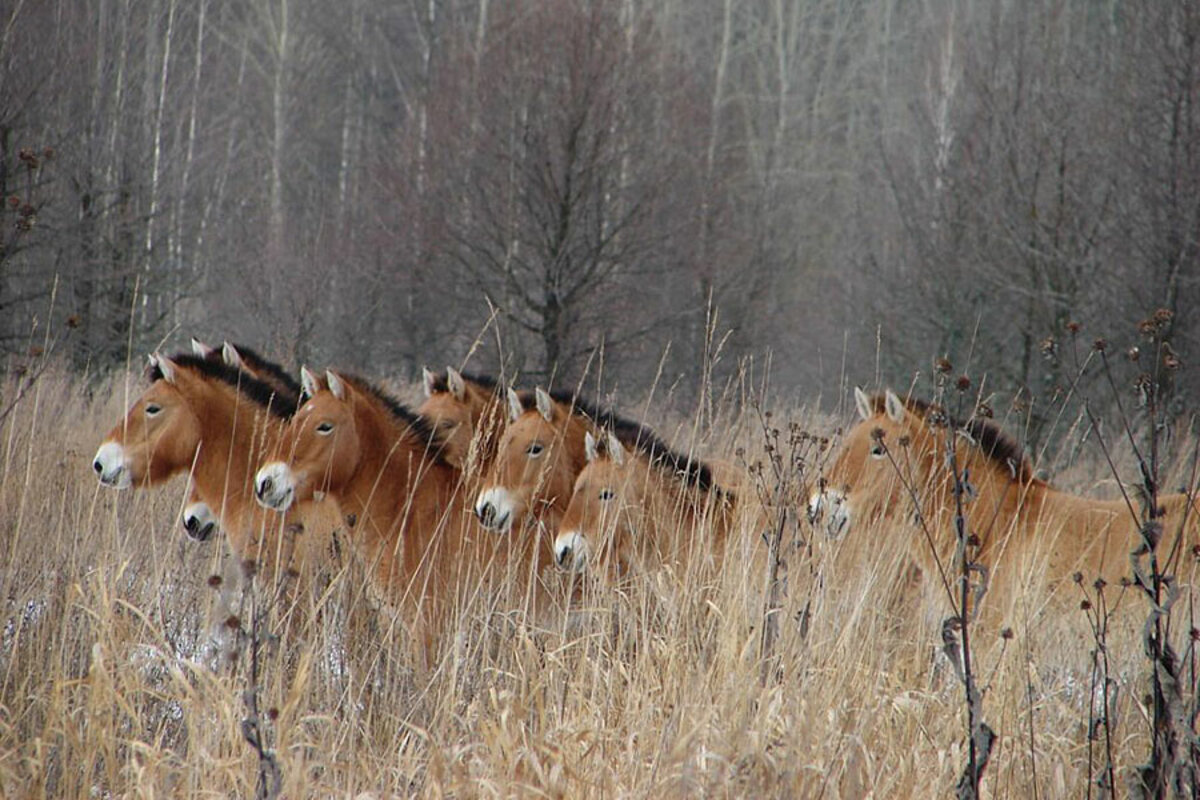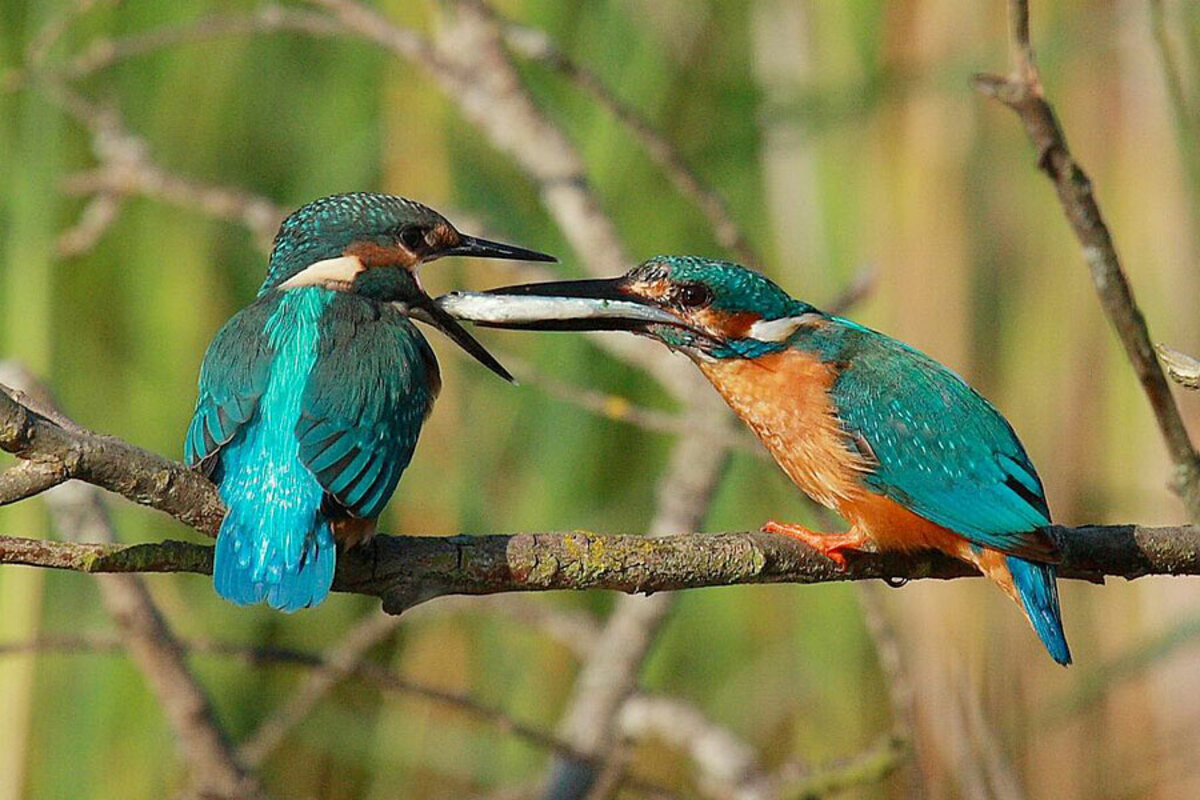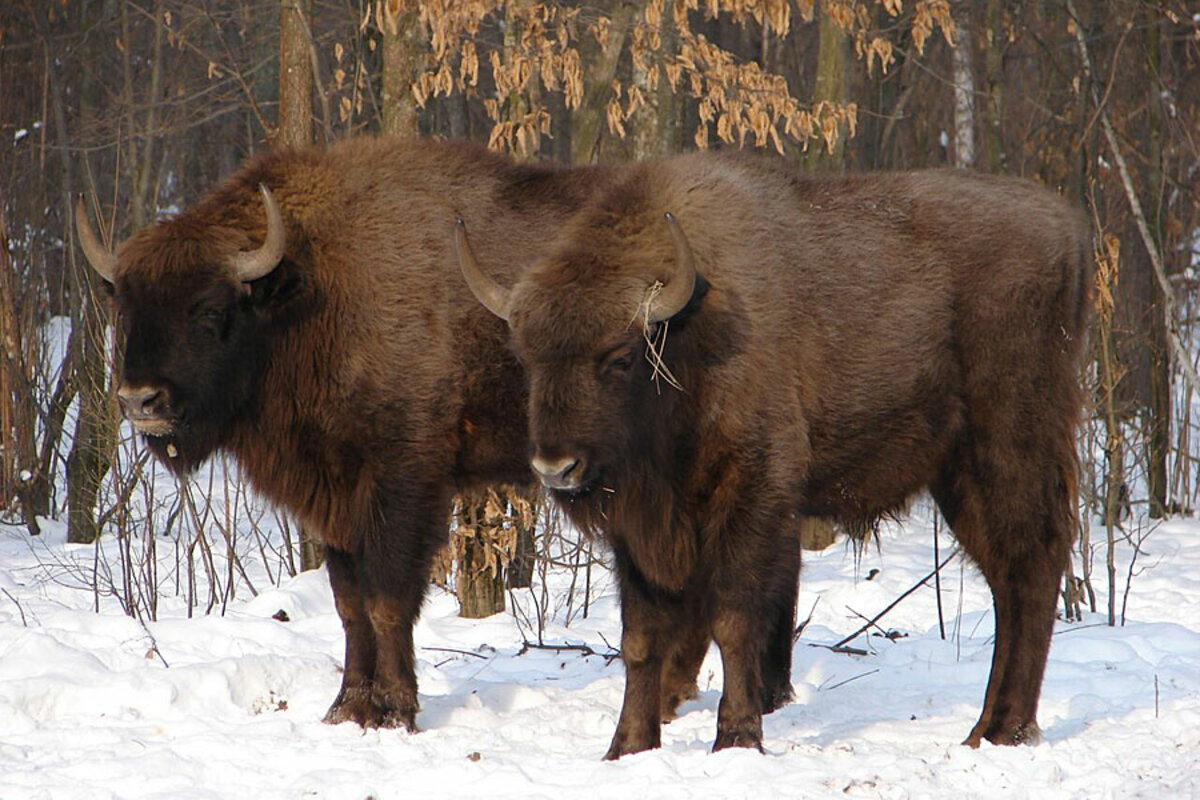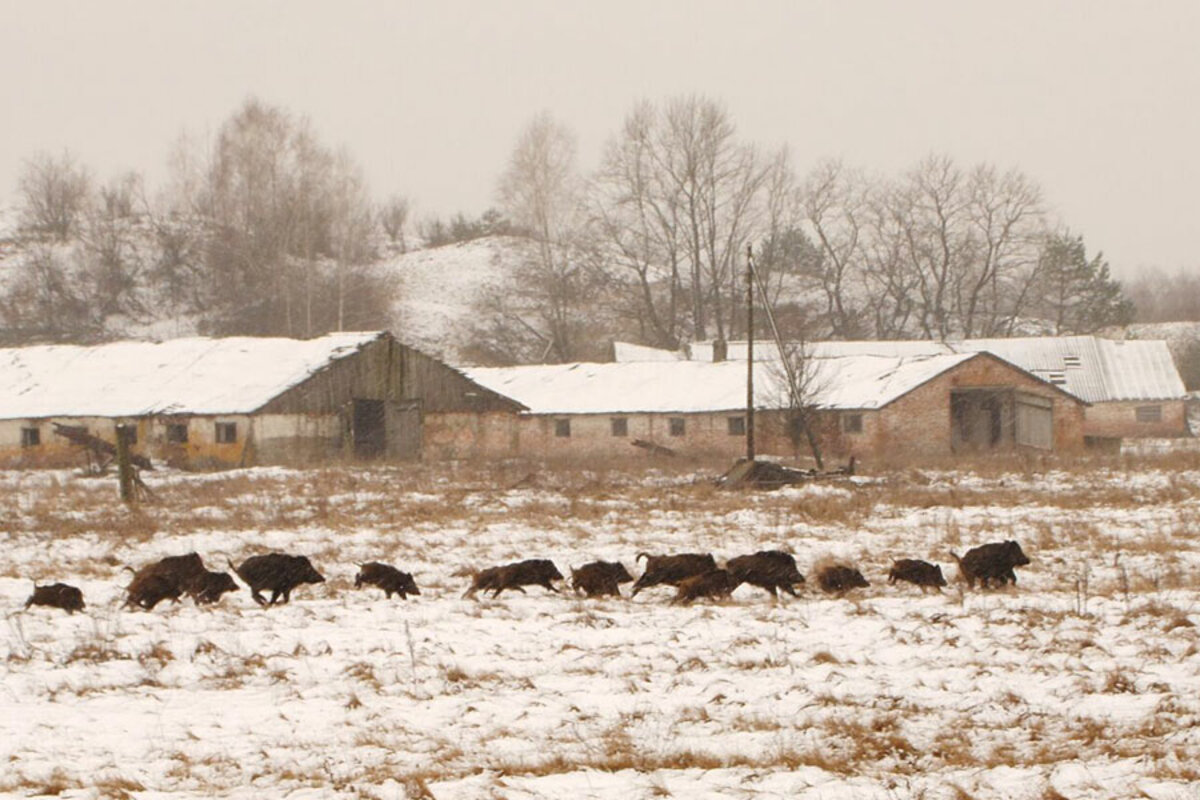After three decades, is Chernobyl now a haven for wildlife?
Loading...
When a reactor at the Chernobyl Nuclear Power Plant in Ukraine exploded on April 26, 1986, radioactive dust settled over thousands of miles. The next day some 116,000 people were evacuated, thinking they would return home just days later. They never did.
Now nearly 30 years later, villages and cities in the 1,600-square-mile exclusion zone sit empty. Pripyat, once a city of 50,000 nearby Chernobyl, is a crumbling ghost town.
But the zone isn’t truly empty. In the absence of humans, the animals seem to have taken over, say researchers.
The overgrown exclusion zone is teeming with animals. Populations of animals such as wild boar, roe deer, and wolves have rebounded immensely, according to a study published Monday in the journal Current Biology.
Humans leaving the area could have been the best thing for these animals, says study author Jim Smith of the University of Portsmouth in the UK. “That’s not saying radiation is good for animals, but human habitation, occupation, agriculture, forestry is worse,” he says in an interview.
The exclusion zone, the region evacuated following the Chernobyl fire and explosion, stretches across the border of Ukraine and Belarus. The data used in this study comes from the Polessye State Radioecological Reserve in Belarus, which encompasses about half of the exclusion zone.
Researchers at the reserve counted elk, wild boar, and roe deer from helicopter flights throughout 1987 and 1996. They saw the population of these large mammals grow dramatically in the years immediately following the nuclear disaster.
For example, says Dr. Smith, “The wild boar initially increase very rapidly in population numbers. That was due to the good conditions for them. The people had moved out, they were recolonizing the area, there was abundant food supplies.”
The boar picked up where the people had left off, in a way. “There were crops left, orchards, vegetable gardens and so on,” Smith says. “There’s evidence of [the boar] occupying the villages and the farms in the area. Ironically, some of the farm buildings where the pigs used to stay, they were moving back in.”
As part of the study, researchers compared the abundance of certain mammals in Chernobyl to those in other nature preserves in Belarus. They found that Chernobyl held just as many of these animals as the other protected sites.
In fact, there were more wolves in Chernobyl than in the other reserves. Smith suggests that with much less human traffic and more distance from human communities the wolves have seen less hunting and other threats.
Other researchers have found animals, like wild boar, as far away as Germany to be radioactive decades after the nuclear explosion. But Smith doesn’t think the contamination is significantly influencing the size of these animals’ populations.
Smith looked at data from snow-track surveys gathered from 2008 to 2010 by the Belarusian researchers. “There are 35 routes, each of about 9 kilometers, where they count the number of animal tracks. Those pretty much cover the whole of the exclusion zone in Belarus,” he says.
Smith says, “We mapped out those routes and worked out the radioactive contamination density on each of those routes to see, once we’ve accounted for different habitat along the routes, can we see an influence of the radioactive contamination on the number of tracks we’re counting. And we couldn’t.”
Sure, some individual animals could be affected by the remaining radioactive hotspots, but on an overall population level the animals seem to be thriving, says Smith.
“We’re not saying radiation is good for them. We’re also not saying that there aren’t some individual level effects. There might be,” he says. But “We’ve looked at the population and we don’t see an effect.”
Check out more pictures of animals spotted in the exclusion zone:





